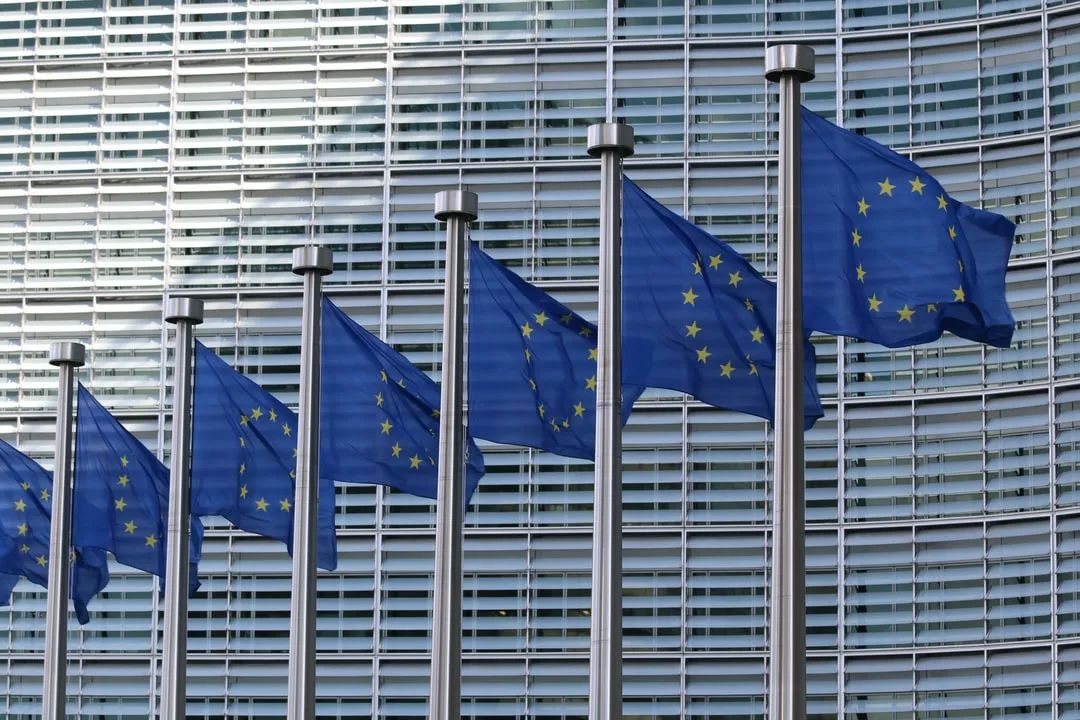Some examples of our work

“The Plate of Change” for healthy and sustainable diets in Central Europe
Blonk supported WWF Central and Eastern Europe (CEE) with diet modelling techniques and environmental data to develop win-win eating patterns that meet national nutritional requirements and reduce environmental footprints of diets for adults in Czechia, Slovakia, and Hungary in 2030, while respecting cultural dietary habits. There is no one-fits-all solution to healthy and sustainable diets. In this research, we used diet optimization to gain insight into the dietary changes needed on a population level to achieve healthy and sustainable diets, mitigating any possible incompatibilities among the health, environmental, economic and cultural aspects of the diet.

Building an accurate footprint strategy with Blonk's Environmental Footprinting Modules
Implementing a consistent footprint monitoring strategy can be challenging, because of for instance complex and largescale data collection, lack of expertise on environmental footprinting calculations. Blonk's multidisciplinary team, skilled in environmental footprint analysis, software engineering, and data generation, is here to support. We have created specific Environmental Footprinting Modules to empower you to assess your environmental impact throughout the agri-food value chain. For Albert Heijn we utilize several Environmental Footprinting Modules and support them with CO2-footprint calculations of fruit and vegetable products.

Critically reviewed LCA studies of Oatly products and comparison with cow’s dairy products
Over the past year, our team has dedicated efforts to conduct a series of Life Cycle Assessment (LCA) studies for Oatly, the global leader in oat-based drinks. Through critically reviewed studies, we have compared the environmental footprint of various Oatly products with their cow’s dairy counterparts.
This article gives an overview of the studies and provides access to the accompanying reports.

Growing Media Europe LCA platform
In 2019 Blonk started a project for Growing Media Europe (GME), the European association of growing media producers, to set up a Life Cycle Assessment (LCA) platform, making it easy and accessible for their members and any other stakeholder to measure and improve the environmental footprint of growing media products.
The GME LCA platform is an online tool that brings together the Growing Media Environmental Footprint Guidelines (GMEF guidelines) and an LCA database.

Ecolabeling food products under a harmonised method
To make a fair comparison between the environmental impact of food products, consistent footprinting calculations are necessary. Foundation Earth, an independent, non-profit organisation established to issue front-of-pack environmental scores on food products, is working with Blonk and Deutsches Institut für Lebensmitteltechnik (DIL) to develop a harmonised methodology and establish a standard for European food product scoring.

Integration of Biodiversity Metrics in Life Cycle Assessment methodology
The global food system is an important contributor to the global environmental crises through resource-intensive practices, contributing to habitat destruction and biodiversity loss. Synthetic pesticides and fertilizers further lead to pollution, impacting air, water, and soil biodiversity. Addressing the urgent need for quantifying biodiversity loss in Life Cycle Assessment, Blonk and PBL connect a biodiversity metric to LCA, shedding light on the impact through an analysis of Dutch food consumption data.

Agri-footprint Branded Data-Add ons: Donau Soja
Donau Soja is keen to disclose their environmental impact data to facilitate a rapid transition to more sustainable European protein value chains. Therefore, Blonk Consultants conducted a Life Cycle Assessment of Donau Soja / Europe Soya certified soybeans from four different countries: Serbia, Croatia, Ukraine, Romania. The LCA datasets are now available as Agri-footprint Branded Data Add-ons and can be downloaded for free from the Blonk Tool Portal.

Eating for Net Zero: the role diets can play in the transition to lower environmental impact
Following the approach of the 2016 study WWF-UK commissioned Blonk in 2021-2022 again to model the Livewell diet and investigate how diet shift can enable a nature positive net-zero transition in the UK. The findings show that with a dietary change it is possible not to exceed the planetary boundary for GHG emission, whilst meeting the nutritional needs, being cultural acceptable and without increasing the price of the diet

Methodological exploration by Blonk and DSM
Together with DSM we set up a methodological study, by way of road testing, to explore the applicability of sector Life Cycle Assessment (LCA) guidelines, such as FAO LEAP and European Commission Product Environmental Footprint (EC PEF). In APS-footprint we modeled nutritional interventions, specifically the use of feed additives, and explored the effects. The study was externally reviewed by experts, according to the ISO 14044 LCA guidelines.

The development of the EU Environmental Footprint datasets
For more than 10 years Blonk has been closely involved in the EU Environmental Footprint (PEF) initiative. Currently, we’re part of a consortium (together with PRé sustainability, Carbon Minds, TCO2 Co Ltd and National Institute of Advanced Industrial Science and Technology) that is working on the Environmental Footprint 4.0 (EF 4.0) life cycle inventory datasets.

HortiFootprint Category Rules
There didn’t exist an up-to-date standard methodology to calculate the environmental impacts of horticultural products, like fruits, vegetables, flowers and plants. To meet consumer and industry stakeholder demands for environmental impact information, in 2018, a project was started to develop uniform calculation guidelines to be accepted across the whole horticultural value chain and in line with European directives. Blonk was part of the project team and involved as an expert.

GRSB launches harmonized Carbon Footprint Guideline
The Global Roundtable for Sustainable Beef (GRSB) recently launched the GRSB Carbon Footprint Guideline, which will help sector-wide and global consistency in carbon footprint calculations for beef cattle production. Blonk advised on and developed the methodological approach and drafted the guideline in close collaboration with the GRSB Climate Science Committee.

APS-footprint as core engine for Sustell™ – an intelligent sustainability service by DSM and Blonk
At Blonk, we are very proud of our cooperation with innovative companies that bring sustainable business into practice. DSM is for us a strategic partner in developing our flagship APS-footprint tool. For DSM the APS-footprint became the core engine of Sustell™, a recently launched holistic animal protein sustainability service.

LUC Impact
Deforestation is one of the major issues facing the global agriculture production system, with as much as 8% of global CO2 emissions attributable to land-use change. A well-known example is deforestation to cultivate crops such as soybean and oil palm. A big challenge for Life Cycle Assessment (LCA) researchers is translating this impact of land-use change to specific crops from specific countries while little primary data is available. We specifically designed our LUC Impact Tool to address this challenge and provide a solution.

Science Based Targets in the agri-food sector
Climate change being one of the most urgent challenges of our time. Society is looking for ways to define the contours of a sustainable world. Accordingly, more and more companies are joining the Science Based Target initiative (SBTi), which help to monitor and reduce their greenhouse gas (GHG) emissions.
